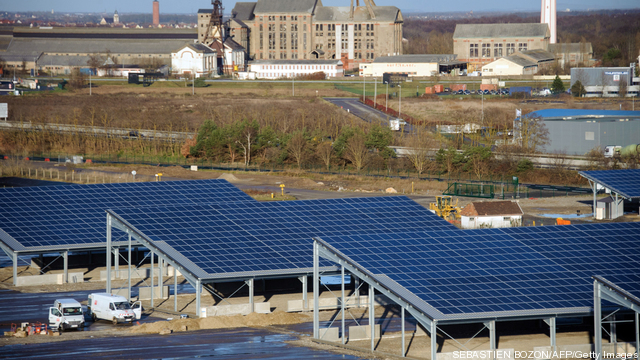
Americans are accustomed to being told that they are running behind other countries, that other places are doing a better job of educating their young or building high-speed railroads or ensuring access to healthcare. Energy efficiency would seem to be the last area in which the US, with its famously well-lit and climate-controlled lifestyle, would be leading.
But in fact, demand response markets that allow customers and power providers to reap the benefits of “negawatts” (essentially un-used power they would traditionally demand or need to supply) are highly developed in the US, if admittedly still imperfectly understood and applied. The market for demand response, which is the activity that creates “negawatts,” has grown from essentially nothing a decade ago to a $3 billion market today, Joule Assets CEO Mike Gordon told Breaking Energy on the sidelines of the AGRION Energy & Sustainability Summit in New York City this month. Keep reading →








